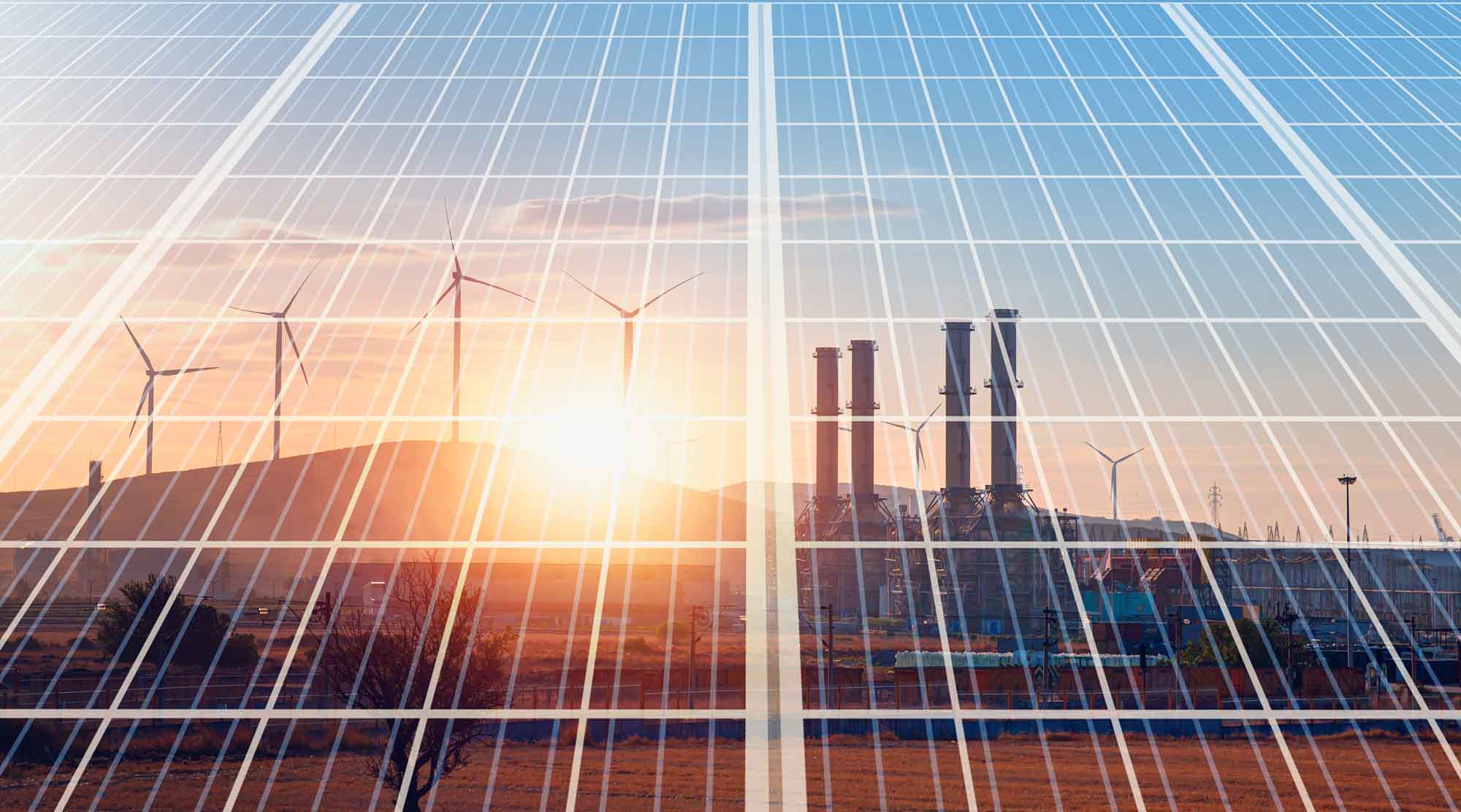Since it was first established in 1974, the International Energy Agency has played a crucial role in ensuring a more secure, efficient and sustainable global energy supply. In response to the oil crisis, a total of 16 countries belonging to the Organisation for Economic Cooperation and Development (OECD) joined forces 50 years ago in order to develop long-term strategies aimed at securing the energy supply. Austria was one of those founding countries. The IEA now has 31 member countries, 5 accession countries and 13 association countries.1 The Agency is based in Paris. Dr Fatih Birol has been its Executive Director since 2015. While the focus initially was on securing the supply of oil and successfully managing future energy crises, the range of areas covered has expanded over the years, with the development and distribution of renewable energy technologies and energy efficiency taking centre stage. The IEA’s data and analyses now cover 80% of global energy consumption, 80% of global CO2 emissions and 87% of global investments in clean energy.2
New challenges
At the Ministerial Meeting in March 2022, the member countries agreed to expand the Agency’s mandate further. The focus today is on developing strategies and innovative solutions for emission-free energy systems in order to achieve the global climate protection objectives and create a clean, secure, sustainable and affordable energy future for all. The IEA will face some major challenges over the next 50 years, including the transition to a low-carbon economy, an energy transition based on renewables and successfully managing the consequences of climate change. The IEA’s work today covers many other important aspects, including a transition centred around people, affordability, as well as critical minerals and supply chains for clean energy technologies. Non-technical topics such as gender equality, inclusion and justice are also increasingly being made a higher priority. The organisation provides insightful data, time series and trends in its analyses and publications. The most important of these are the annual World Energy Outlook, the Net-Zero by 2050 Roadmap and the progress review of all clean energy technologies and efficiency measures.
Der The World Energy Outlook is the central source for analyses and forecasts in the world of energy. The publication provides objective data, offers insights into the global energy supply and global energy demand in various scenarios and analyses the impact on energy security, climate targets and economic developments. The impact of energy trends in key areas such as investment, flows of trade, electrification and energy access were also analysed in 2023. The IEA has seen signs of an acceleration in the switch to clean energies despite the current crises and major fluctuations on the energy markets. This can be seen among other things in the trends to introduce photovoltaics, electric vehicles, batteries and heat pumps. For every USD spent on fossil fuels today, USD 1.8 is spent on a range of clean energy technologies and the associated infrastructure: just five years ago this ratio was still 1:1. The increased spending is, however, concentrated in the industrialised countries and China. The necessary investments in all other countries of the Global South are lagging behind in most areas involving final energy consumption.
www.iea.org/reports/world-energy-outlook-2023/executive-summary
Technology and innovation
The IEA recognised from the outset the crucial role that research and innovation play in shaping a sustainable energy future. Numerous pioneering projects have been initiated and energy innovations successfully launched by promoting co-operation between the member countries and bringing together expertise from different disciplines. The first meeting of the Committee on Energy Research and Technology (CERT) was held in 1975. The first joint research programme in the field of solar energy was established two years later. The CERT coordinates and promotes the development, trial and introduction of clean energy technologies. The different topic areas of Renewable Energy, End-Use Technologies, Fossil Fuels, Fusion Power and Industrial Decarbonisation are grouped into five working parties. The Working Party for Industrial Decarbonisation was first established in 2023 to support the industrial transformation towards climate neutrality.
The research cooperation is carried out as part of the Technology Collaboration Programmes (TCPs). The TCPs address research and policy activities on a wide range of energy-related topics, including renewable energy sources, energy efficiency, system integration, security and diversification of the energy supply, carbon management and various interdisciplinary topics. The TCP network promotes the exchange of knowledge and at the same time offers the opportunity to showcase Austrian expertise to the rest of the world and for participants to learn from each other. Around 6,000 experts from 54 nations are currently working together in a total of 40 TCPs.
https://www.iea.org

„The importance of the IEA has changed fundamentally in the 50 years since it was first established. It provides information year after year on the global status of the energy transition and highlights the steps that need to be taken to ensure continued compliance with the Paris Agreement. Accelerating research and innovation and launching new technologies and system solutions on the market are key factors in this regard. The IEA’s global energy technology network supports these efforts. We are working together to ensure that in future we can look back with pride on the turning point in the global energy transformation.“
Sabine Mitter
IEA Research Cooperation
Federal Ministry for Climate Action, Environment, Energy, Mobility, Innovation and Technology
1 IEA member countries (31): Australia, Austria, Belgium, Canada, Czechia, Denmark, Estonia, Finland, France, Germany, Greece, Hungary, Ireland, Italy, Japan, Lithuania, Luxembourg, Mexico, Netherlands, New Zealand, Norway, Poland, Portugal, Slovakia, South Korea, Spain, Sweden, Switzerland, Türkiye, United Kingdom, United States, Association countries (13): Argentina, Brazil, Egypt, India, Indonesia, Kenya, Morocco, China, Senegal, Singapore, South Africa, Thailand, Ukraine, Accession countries (5): Chile, Costa Rica, Columbia, Latvia, Israel
www.iea.org/countries
2 Source: www.iea.org/about


